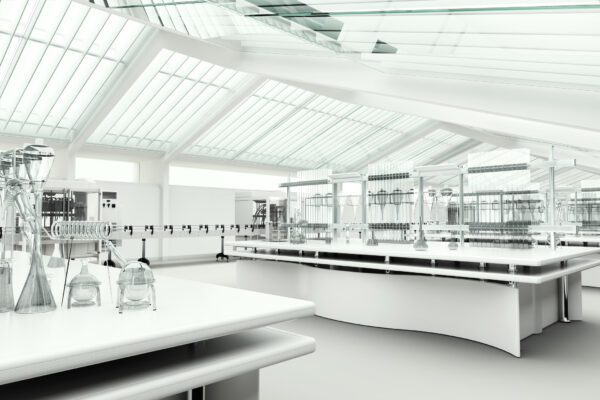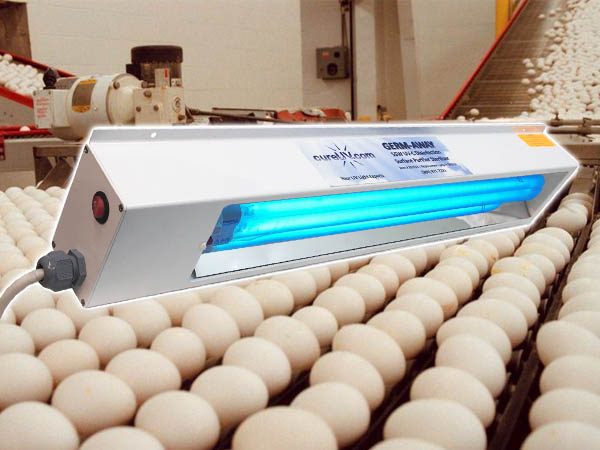Changing Cleanliness Requirements: The Role of UV Surface Disinfection in Health And Wellness
Introducing the Perks of UV Disinfection: Guaranteeing Tidy and Disinfected Rooms
While conventional cleaning techniques have actually long been relied upon, developments in technology have introduced an ingenious solution that makes sure clean and disinfected rooms: UV disinfection. Additionally, we will certainly delve into the safety and security considerations that have to be taken right into account when executing UV sanitation. Prepare to discover a new measurement of cleanliness and uncover the untapped capacity of UV disinfection.

The Science Behind UV Sanitation
UV disinfection is a scientifically tried and tested method that makes use of ultraviolet light to remove unsafe bacteria from surface areas and water. The scientific research behind UV disinfection exists in the capability of UV-C light to harm the DNA and RNA of microbes, providing them incapable to replicate and creating their ultimate death. UV-C light falls within the wavelength variety of 200 to 280 nanometers, which is very effective in destroying germs, viruses, and various other virus.
When revealed to UV-C light, the hereditary product of microbes soaks up the power from the light, leading to the development of thymine dimers. These dimers disrupt the normal replication and transcription processes of the microorganisms, preventing their capability to make it through and duplicate (uv surface disinfection). The DNA and RNA damages created by UV-C light is dangerous to the bacteria, making UV sanitation a reputable and efficient technique for killing a large range of pathogens
UV disinfection is particularly useful in atmospheres where typical chemical disinfectants may be unwise or inefficient. It is a non-chemical approach that does not leave any type of deposits or damaging spin-offs, making it safe for usage in food handling, health care centers, water therapy plants, and different other industries. Furthermore, UV disinfection is eco-friendly, as it does not add to the growth of antibiotic-resistant microorganisms or various other dangerous contaminants.
Performance of UV Disinfection on Pathogens
The performance of UV disinfection in removing microorganisms has been thoroughly examined and verified in countless clinical studies. UV radiation has the capacity to suspend a large range of bacteria, including fungis, viruses, and microorganisms, by damaging their DNA or RNA. This stops them from reproducing and triggering infections.
One research published in the American Journal of Infection Control found that UV sanitation was effective in minimizing the presence of several drug-resistant microorganisms in hospital spaces. An additional research study performed by the National Institute for Occupational Security and Health showed that UV disinfection had the ability to eliminate 99.9% of the influenza infection on surface areas.
UV disinfection has likewise revealed promise in combating the spread of healthcare-associated infections (HAIs) According to a research study released in The Lancet, using UV-C light along with conventional cleansing methods considerably minimized the incidence of HAIs in a health center setup.
Moreover, UV sanitation has actually confirmed to be efficient against arising virus, such as the extreme intense respiratory syndrome coronavirus 2 (SARS-CoV-2), which causes COVID-19. A research performed by the National Arising Transmittable Conditions Laboratories showed that UV-C light can suspend the infection on surfaces within secs.
Applications of UV Disinfection in Different Settings
With its tested effectiveness in getting rid of microorganisms, UV disinfection has discovered applications in a range of settings. One of the most common areas where UV disinfection is utilized is in medical care centers. UV technology is utilized to sanitize person rooms, operating areas, and various other high-touch surfaces, lowering the threat of healthcare-associated infections. On top of that, UV disinfection is additionally being carried out in food processing plants and dining establishments to make sure the safety and security of foodstuff and stop the spread of foodborne ailments. UV disinfection is likewise useful in water therapy plants, where it is used to eliminate dangerous bacteria and provide secure drinking water.
An additional important application of UV disinfection impends purification industry. UV air purifiers are utilized in property, industrial, and industrial setups to get rid of airborne bacteria, viruses, and mold spores. This technology is particularly beneficial in atmospheres where individuals are extra vulnerable to respiratory infections, such as healthcare facilities, colleges, and workplace structures.
Additionally, UV disinfection is increasingly being used in mass transit systems, such as trains and try this out buses, to maintain clean and sterilized rooms for guests. UV light is used to decontaminate surfaces and air inside the lorries, decreasing the threat of spreading infectious diseases.
Advantages of UV Sanitation Over Typical Methods
In comparison to standard methods, UV sanitation uses a variety of distinct advantages that make it a better option in various markets and setups. One substantial advantage is its effectiveness versus a broad array of bacteria, including fungis, viruses, and bacteria. Unlike chemical disinfectants that may have limited efficacy versus particular microorganisms, UV sanitation is a non-selective process that can kill or inactivate a wide spectrum of hazardous microorganisms.
Another benefit of UV disinfection is its capability to offer quick and efficient sanitation. Standard disinfection techniques frequently require longer get in touch with times or numerous actions to accomplish the wanted degree of sanitation. On the other hand, UV light can supply continual and immediate disinfection, reducing downtime and enhancing performance in various applications.
UV sanitation likewise offers a safe and eco-friendly choice to standard sanitation methods. uv surface disinfection. Unlike chemical representatives, UV light does not leave any kind of harmful deposits or by-products, making it ideal for use in delicate environments such as food processing facilities, medical care settings, and water treatment plants
Additionally, UV sanitation is an affordable service in the future. While the in advance financial investment for UV disinfection systems might be greater than conventional techniques, the operational costs are usually reduced. UV lights have a long life expectancy and call for very little upkeep, leading to lowered labor and substitute prices.
Safety Factors To Consider for UV Sanitation
Considering the prospective threats related to UV sanitation, it is vital to attend to the safety and security considerations involved in applying this innovation. UV disinfection uses ultraviolet light to kill or inactivate microorganisms, making it an efficient method for sterilizing different surfaces and items. Nonetheless, it is crucial to recognize that UV radiation can likewise position risks to human health if proper precaution are not complied with.
First and Find Out More primary, straight exposure to UV radiation can create injury to the skin and eyes. Prolonged exposure can cause sunburn, skin damage, and even a raised threat of creating skin cancer cells. For that reason, it is essential to make sure that UV sanitation systems are effectively confined and outfitted with safety and security attributes such as automated shut-off devices or motion sensors to avoid unexpected exposure.

In addition, correct training and education are necessary for those in charge of running UV disinfection systems. They must know the potential risks, understand the safety and security protocols, and recognize just how to take care of and maintain the devices appropriately.
Verdict
In conclusion, UV sanitation provides various benefits in making sure tidy and disinfected rooms. Its efficiency in removing virus has actually been proven via clinical research. UV sanitation can be applied in various settings, including health care facilities, food handling plants, and water treatment systems. Contrasted to standard approaches, UV disinfection has advantages such as faster disinfection times, very little chemical use, and no dangerous results. Security factors to consider must be taken into consideration to stop possible risks connected with UV direct exposure.
UV disinfection is a medically proven method that utilizes ultraviolet light to eliminate hazardous bacteria from surfaces and water. The DNA and RNA damage triggered by UV-C light is dangerous to the microbes, making UV sanitation a reliable and reliable method for eliminating a vast variety of microorganisms.
One more advantage of UV disinfection is its ability to provide quick and effective disinfection. UV sanitation makes use of ultraviolet light to kill or inactivate microorganisms, making it a reliable method for sanitizing numerous surfaces and objects. Contrasted to typical techniques, UV disinfection has advantages such as faster sanitation times, very little chemical usage, and no damaging byproducts.